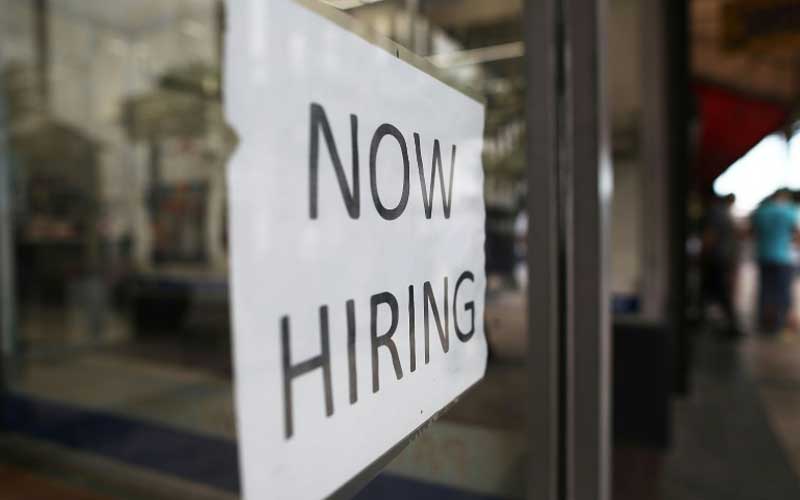×
The Standard e-Paper
Join Thousands of Readers

America's jobless rate tumbled in September to its lowest level in 50 years, according to government data released Friday, delighting the White House even though it may not assuage recession fears as President Donald Trump's trade wars persist.
Meanwhile, with a strong dollar and slowing global economy, the US trade deficit widened in August, as the trade conflicts ate into export growth.